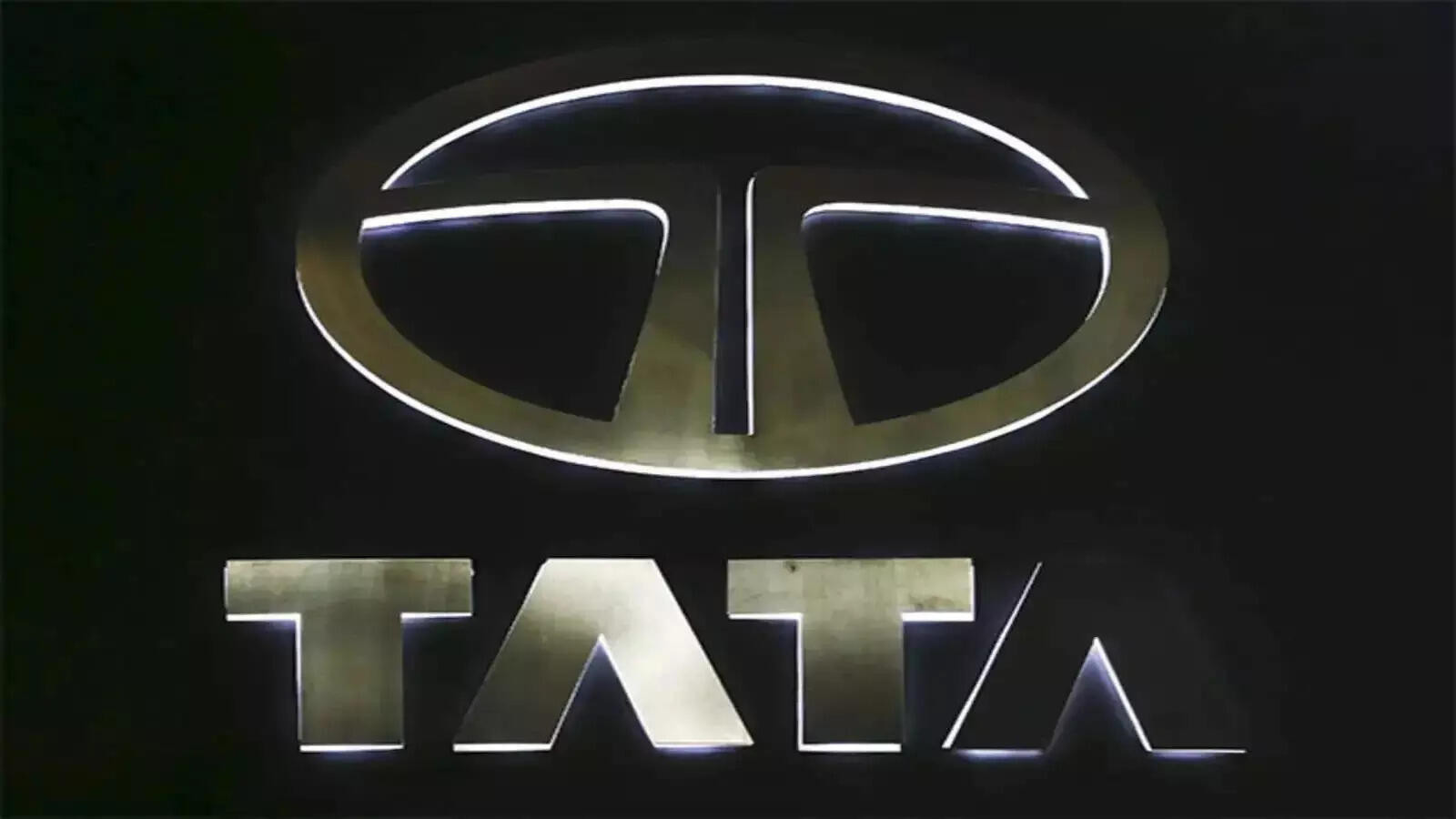Krutrim’s Ambitious AI Dreams Meet Ground Reality
India’s AI landscape has been buzzing with excitement, largely fueled by the promises of Krutrim, the AI venture backed by Ola’s Bhavish Aggarwal. Krutrim, meaning “artificial” in Sanskrit, arrived on the scene with a bold vision: to build India’s own foundational AI model, one capable of understanding and generating content in multiple Indian languages. The initial wave of enthusiasm, however, is now encountering the inevitable headwinds of real-world deployment and scrutiny.
Krutrim’s initial demos showcased a tantalizing glimpse of what’s possible. The ability to process and generate text in languages like Hindi, Tamil, and Bengali resonated deeply, promising to bridge the digital divide and empower a wider range of users. The AI startup quickly garnered attention, attracting significant investment and sparking hopes of an Indian AI revolution. Yet, translating demo-stage capabilities into robust, reliable, and commercially viable products is a challenging feat, one where Krutrim is currently navigating a complex path.
Scrutiny over Krutrim’s AI Capabilities
Reports have begun to surface questioning the actual capabilities of Krutrim’s AI models, particularly regarding their accuracy and fluency in Indian languages. Some users who gained access to the beta versions found that its proficiency did not always match initial expectations. The nuance and cultural context inherent in languages are difficult to replicate, even for advanced AI systems. Early adopters have noted instances of incorrect translations, awkward phrasing, and a general lack of sophistication compared to established large language models.
This isn’t necessarily a mark of failure, but rather a natural part of the AI development lifecycle. Building truly intelligent systems requires massive amounts of data, constant refinement, and rigorous testing. It also necessitates a deep understanding of the specific cultural and linguistic landscape it is designed to serve. Even global tech giants struggle with these challenges, so it’s not surprising that a young startup like Krutrim would encounter similar hurdles.
The Hardware Hurdles
Krutrim’s ambition extends beyond software. The company also announced plans to develop its own AI-focused hardware, including data centers and edge computing devices. This bold move, while strategically sound in the long run, adds another layer of complexity and cost to the equation. Building custom hardware requires significant capital investment, specialized expertise, and navigating complex supply chain dynamics. The current global chip shortage and geopolitical tensions add further pressure, making this hardware endeavor potentially arduous.
Focusing on hardware also requires a different type of skillset and infrastructure than developing AI models. This means Krutrim is simultaneously tackling the computationally intensive and technically complex challenges of developing AI, along with the infrastructure-heavy and resource-intensive challenge of building specialized computer hardware.

Funding and the Road Ahead for Krutrim
Krutrim has secured substantial funding, which provides a crucial runway for continued development and refinement. However, the AI landscape is fiercely competitive, and the race to build the most advanced and versatile models is a marathon, not a sprint. Sustaining momentum requires not only capital, but also a clear roadmap, a talented team, and a relentless focus on delivering tangible value to users.
For Krutrim, the path forward likely involves prioritizing specific use cases, focusing on improving accuracy and fluency in key Indian languages, and forging strategic partnerships to leverage existing infrastructure and expertise. Exploring opportunities in fields like customer service automation, content creation, and education could offer a focused path to demonstrable success.
Ultimately, Krutrim’s journey serves as a valuable case study for the Indian AI ecosystem. It highlights the immense potential, the significant challenges, and the importance of realistic expectations. While the initial hype may have subsided, the underlying need for AI solutions tailored to the Indian context remains strong. Whether Krutrim can deliver on its ambitious vision depends on its ability to navigate these challenges, learn from its experiences, and consistently deliver value to its users. You might also be interested in reading our other article about the ethical considerations of AI.






